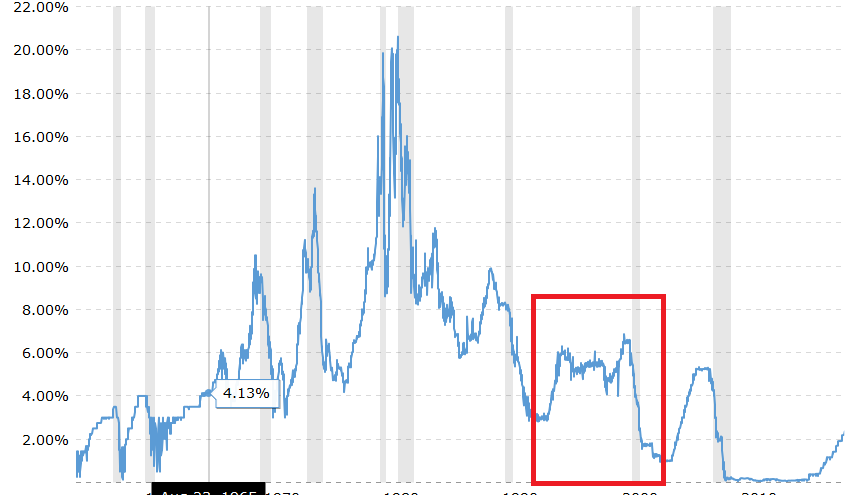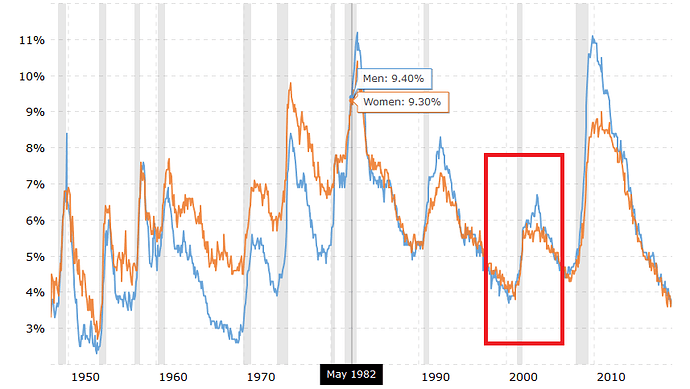I don’t understand the need to disparage this thread. Different personalities, different methods. From your posts in other threads, I can see you are still learning (like the rest of us). Learners cannot be dissers.
Your trading calls and use of technical charts (posted in other threads) is not our cup of tea (at least for some of us). Like @valuestudent said, some of us invest huge amount of savings to grow the money, not trying to get rich. We don’t need lotteries, we need opportunities where risk-reward ratio favours us. We are waiting for that big fat pitch, irrespective of whether it comes next month or next year.
You talk about risk very flippantly. If you don’t understand risk, all the understanding about the individual businesses & macros won’t help you in the long run. That makes this thread the most important one on VP. Please re-read Howard Marks’ “The Most Important Thing” again. I leave you with a couple of quotes from ace investors Buffett and Munger.
“The stock market is a no-called-strike game. You don’t have to swing at everything --you can wait for your pitch…Ted Williams described in his book, ‘The Science of Hitting,’ that the most important thing - for a hitter - is to wait for the right pitch. And that’s exactly the philosophy I have about investing - wait for the right pitch, and wait for the right deal. And it will come… It’s the key to investing.” — Warren Buffett
“The big money is not in the buying and selling, but in the waiting.” — Charlie Munger



 Normally I don’t go just by what these guys say in media unless they present some facts, so many times these guys would come in media say something and do opposite. He didnt gave any reasons in the article , that what I wanted to point out.
Normally I don’t go just by what these guys say in media unless they present some facts, so many times these guys would come in media say something and do opposite. He didnt gave any reasons in the article , that what I wanted to point out.